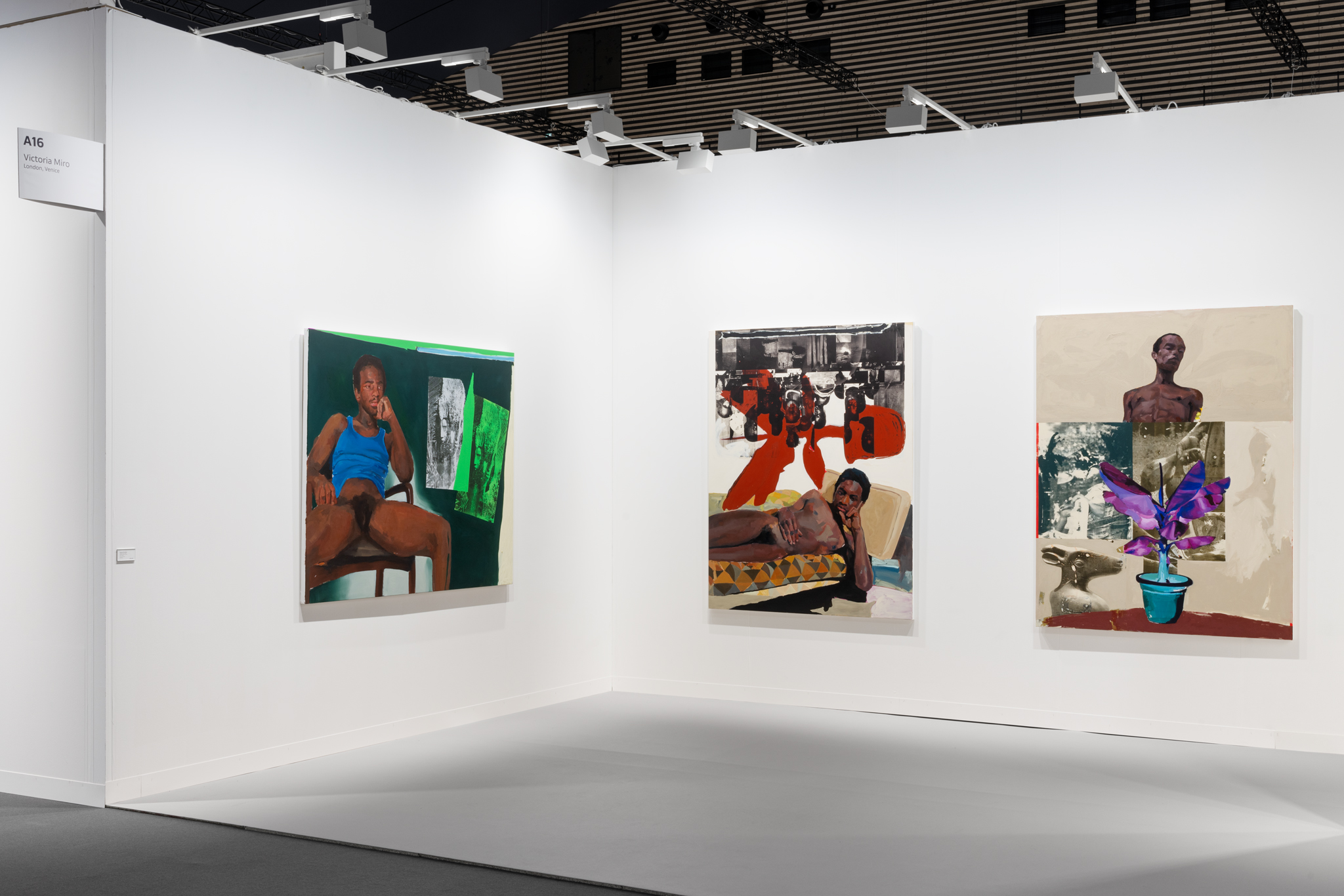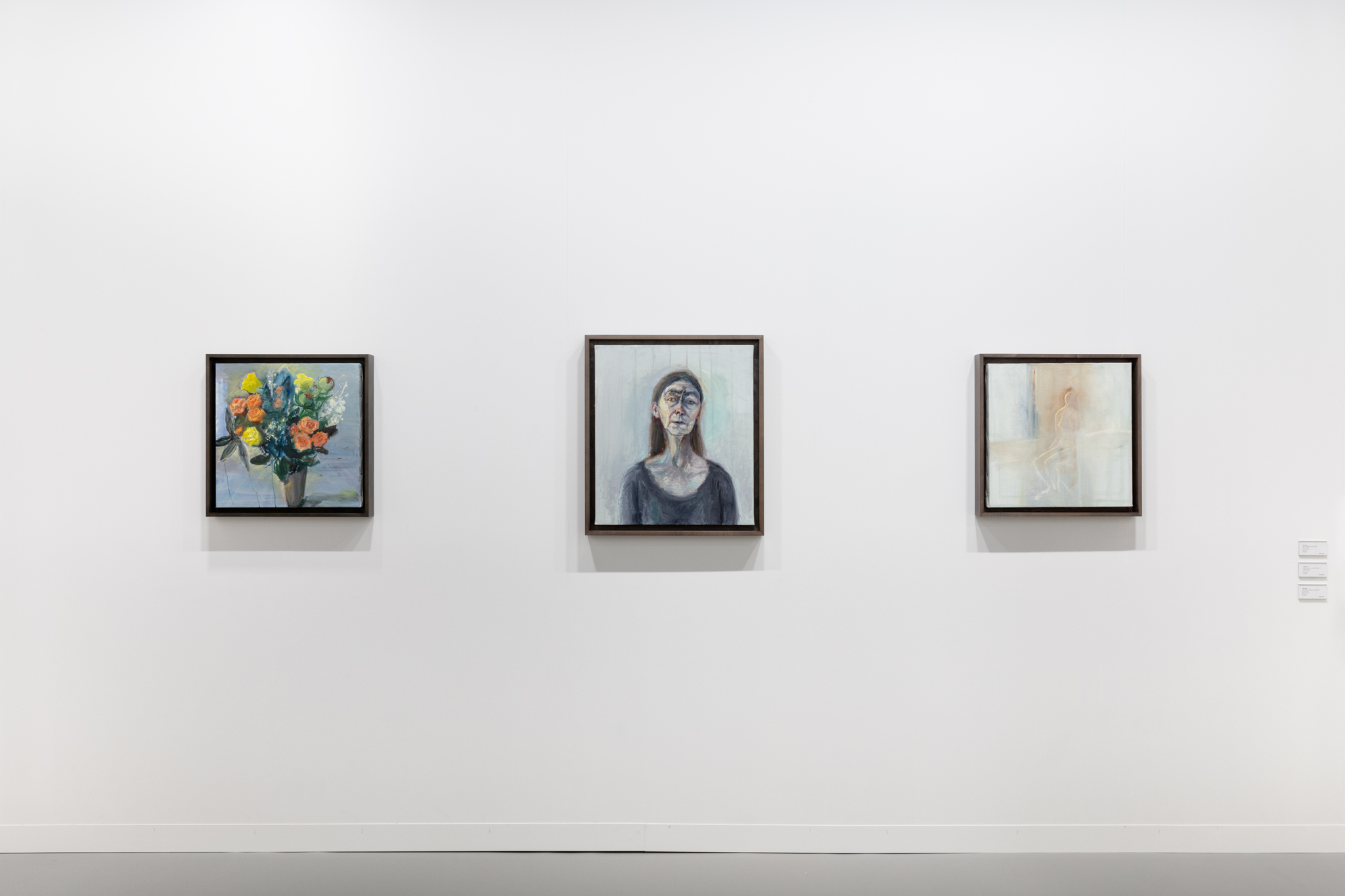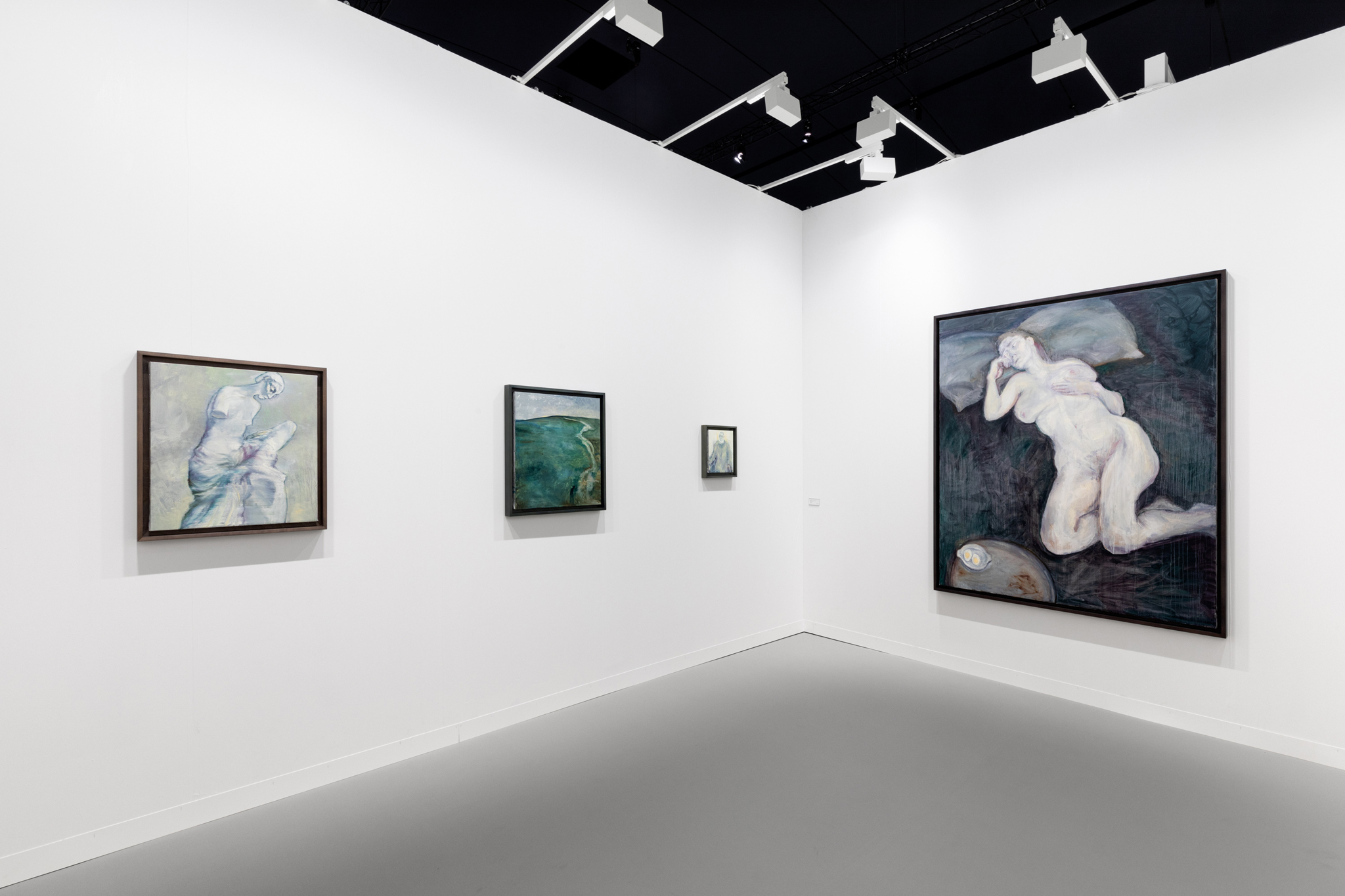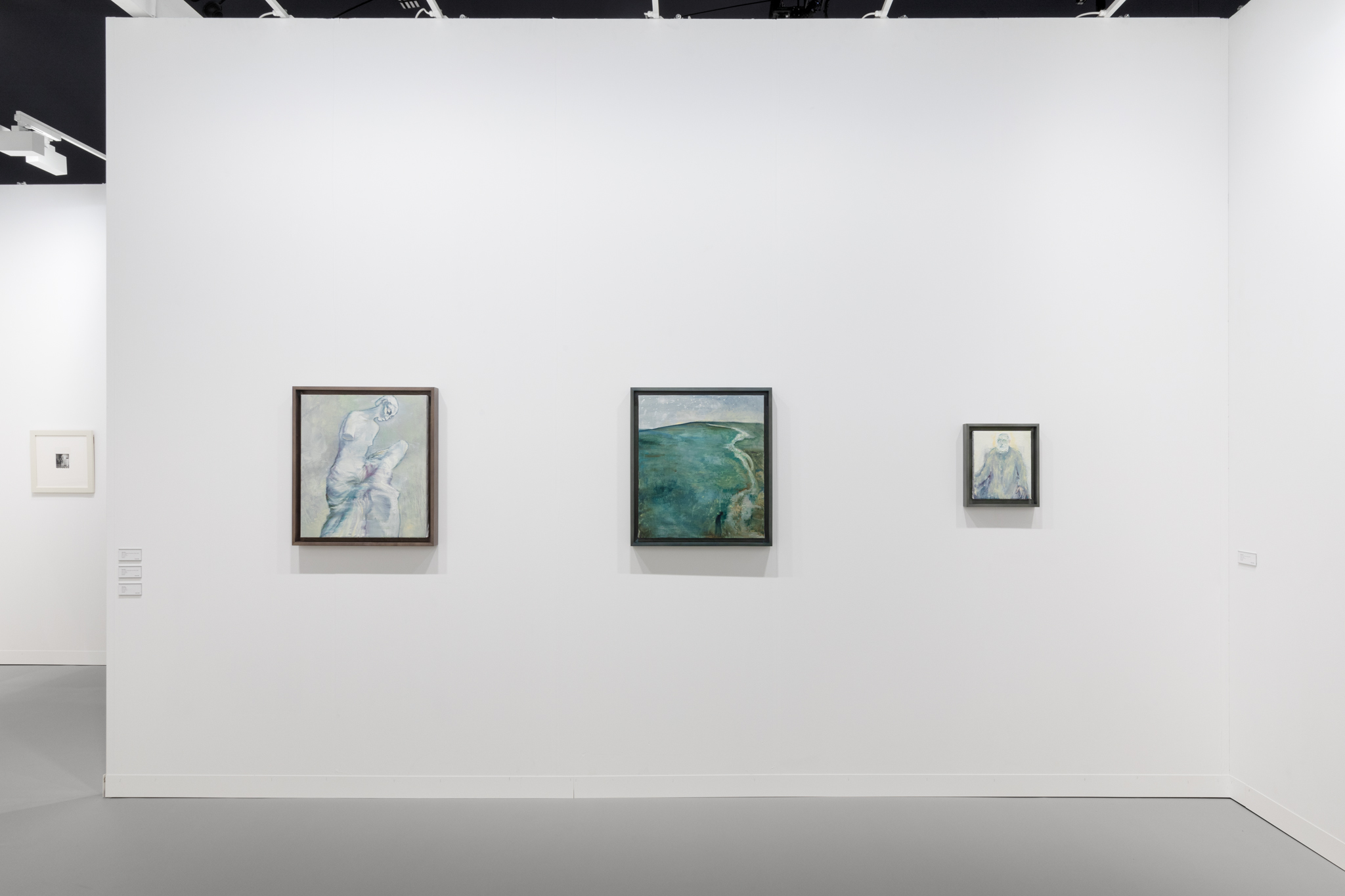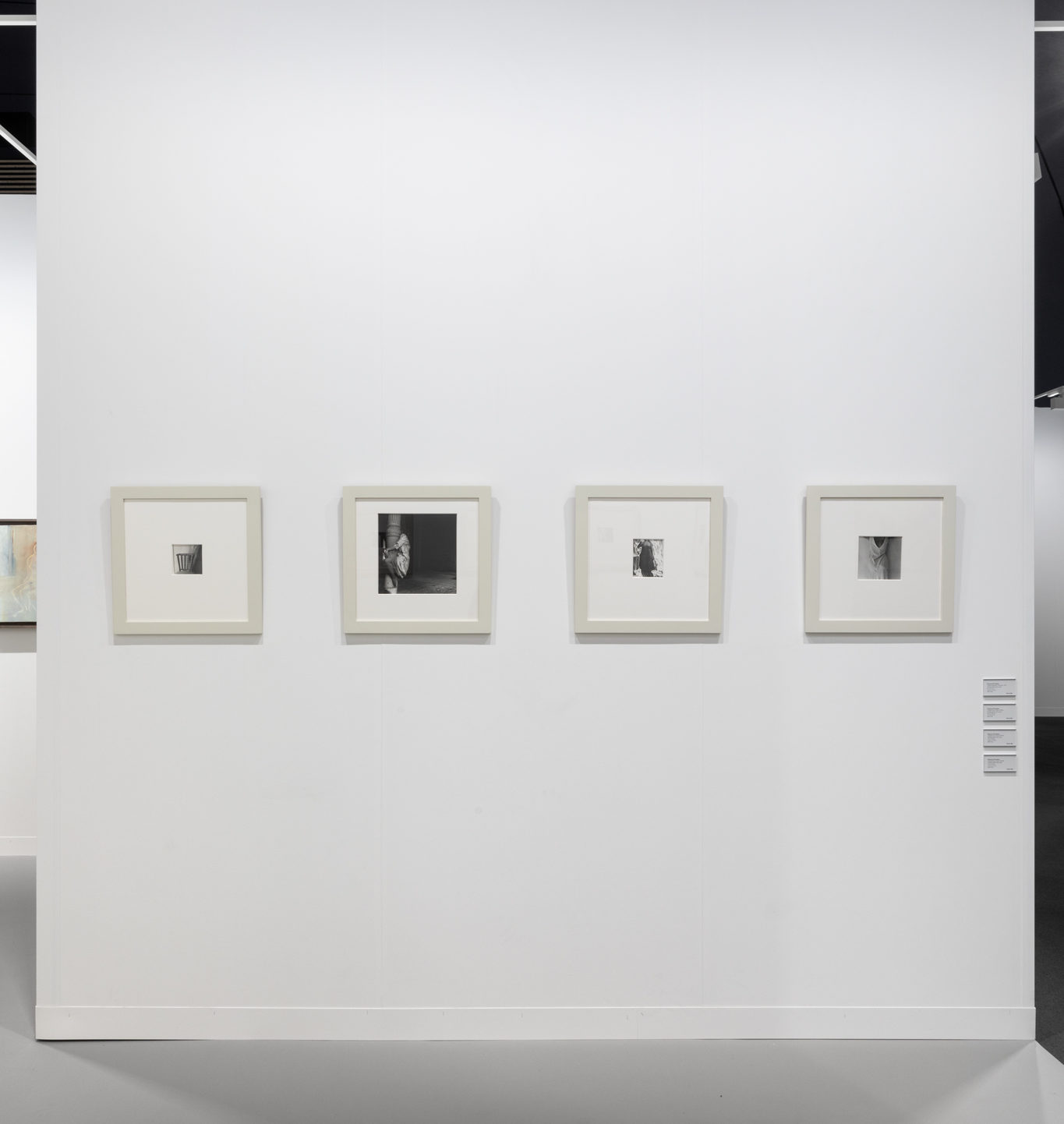Paris+ par Art Basel
Booth A16, Grand Palais Éphémère
19–23 October 2022 (preview 19 October; public days 20–23 October)
Victoria Miro is delighted to participate in the inaugural edition of Paris+ par Art Basel (Booth A16) with a presentation of works by Kudzanai-Violet Hwami, Celia Paul and Francesca Woodman.
The figurative works in this presentation include new paintings by Kudzanai-Violet Hwami and Celia Paul, and vintage photographs by Francesca Woodman, drawing on newly available material provided by the Woodman Family Foundation.
Kudzanai-Violet Hwami
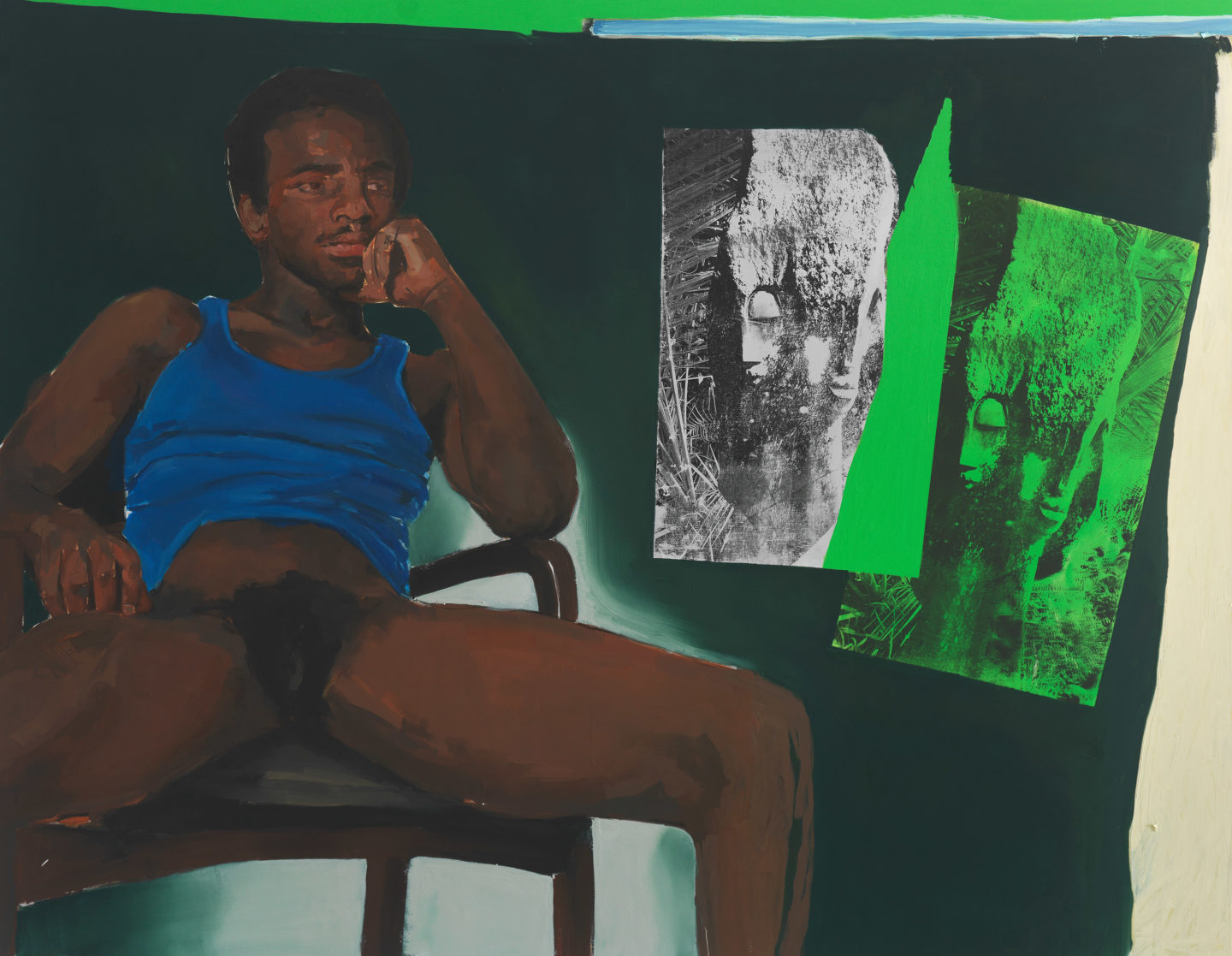
Oil and acrylic on canvas
140 x 180 cm
55 1/8 x 70 7/8 in
Kudzanai-Violet Hwami, Trauma pond 3, 2022
More info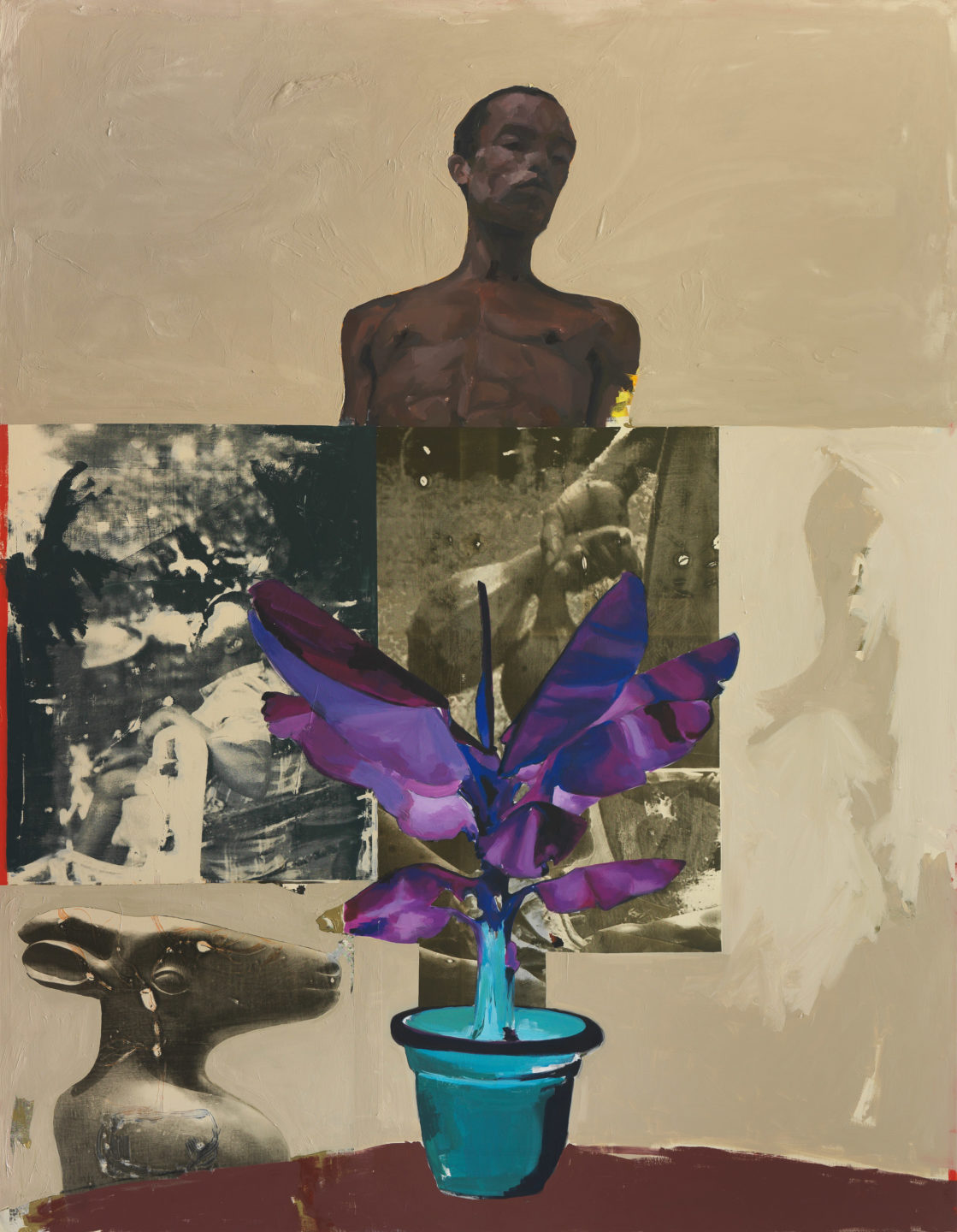
Oil and acrylic on canvas
180 x 140 cm
70 7/8 x 55 1/8 in
Kudzanai-Violet Hwami, Trauma pond 4, 2022
More info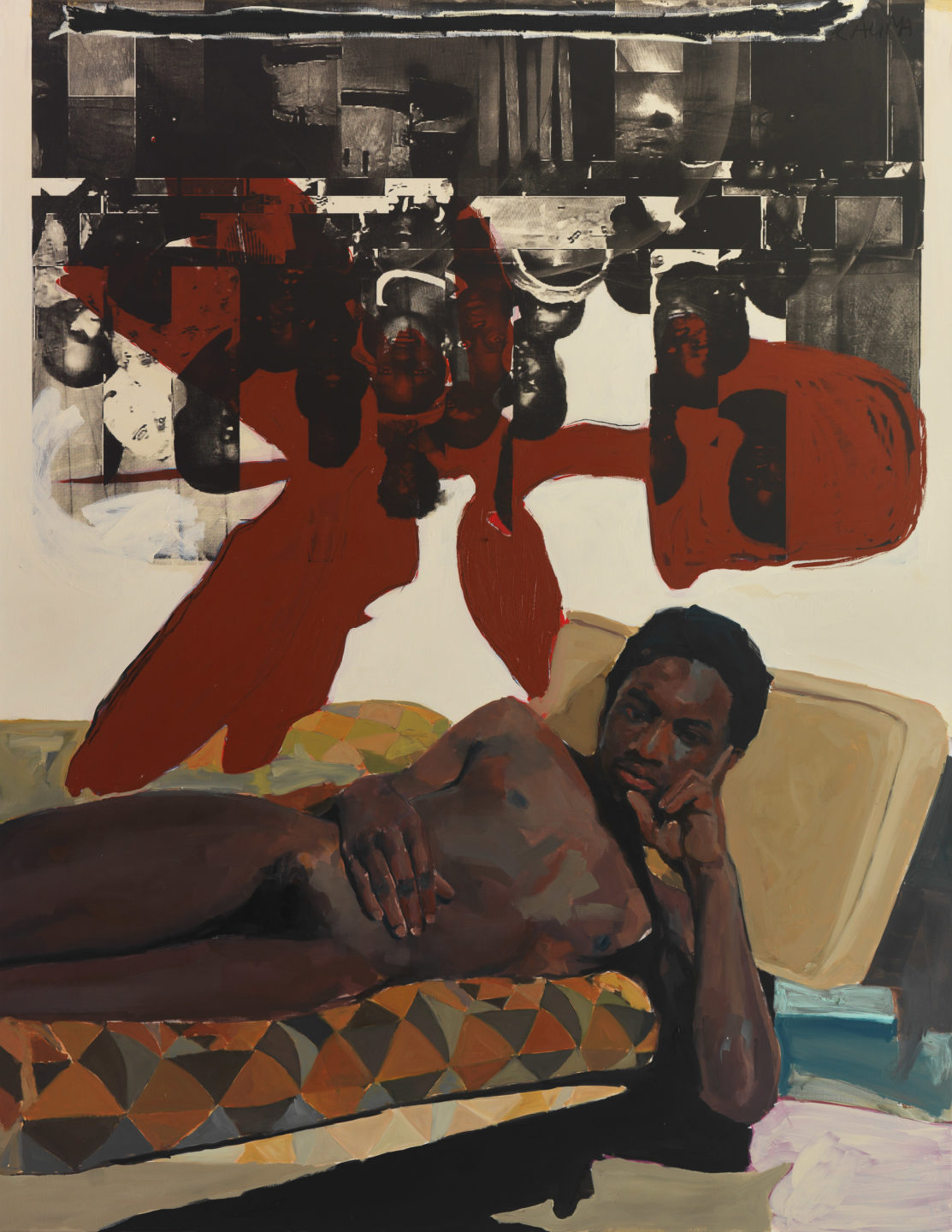
Oil and acrylic on canvas
180 x 140 cm
70 7/8 x 55 1/8 in
Kudzanai-Violet Hwami, Trauma pond 2, 2022
More infoBased in the UK, Kudzanai-Violet Hwami was born in Gutu, Zimbabwe and lived in South Africa from the ages of nine to seventeen. Her paintings combine visual fragments from a myriad of sources, such as online and archival images, and personal photographs, which collapse past and present. Autobiographic in nature, these are works that, ‘dealing with internal and private curiosities,’ as the artist says, address how in a digitised world we use images to construct a sense of self, or experience and try to understand one another in a complex social reality.
Works on view include a number of Trauma pond paintings, a series the artist commenced during a residency with the gallery in Venice. Speaking about these works in conversation with Stefanie Gschwend, published in the catalogue that accompanies the artist’s recent exhibition at the Kunsthaus Pasquart, Biel, Switzerland, the artist comments, ‘Right at that time I was finishing a book by Gabor Maté and that led to the painting series Trauma ponds… they are about dealing with my own perception of my gender. Lately I’ve been thinking a lot about why I identified so much with the opposite sex. I guess I saw in the physical transformation an escape from reality, or wished for an escape into another reality… The things that interest me in painting are the possibilities to read images outside of their context. So, there is a need to transcend ideas and social realities of what it means, for example, to be an African woman. Sometimes I have the impression that my work is categorised with keywords like ‘Black body’. There are expectations attached to the Black body and to how Black painters should act. But it’s about much more than that. The whole chaos and cosmos in my head meet in my paintings.’
Celia Paul
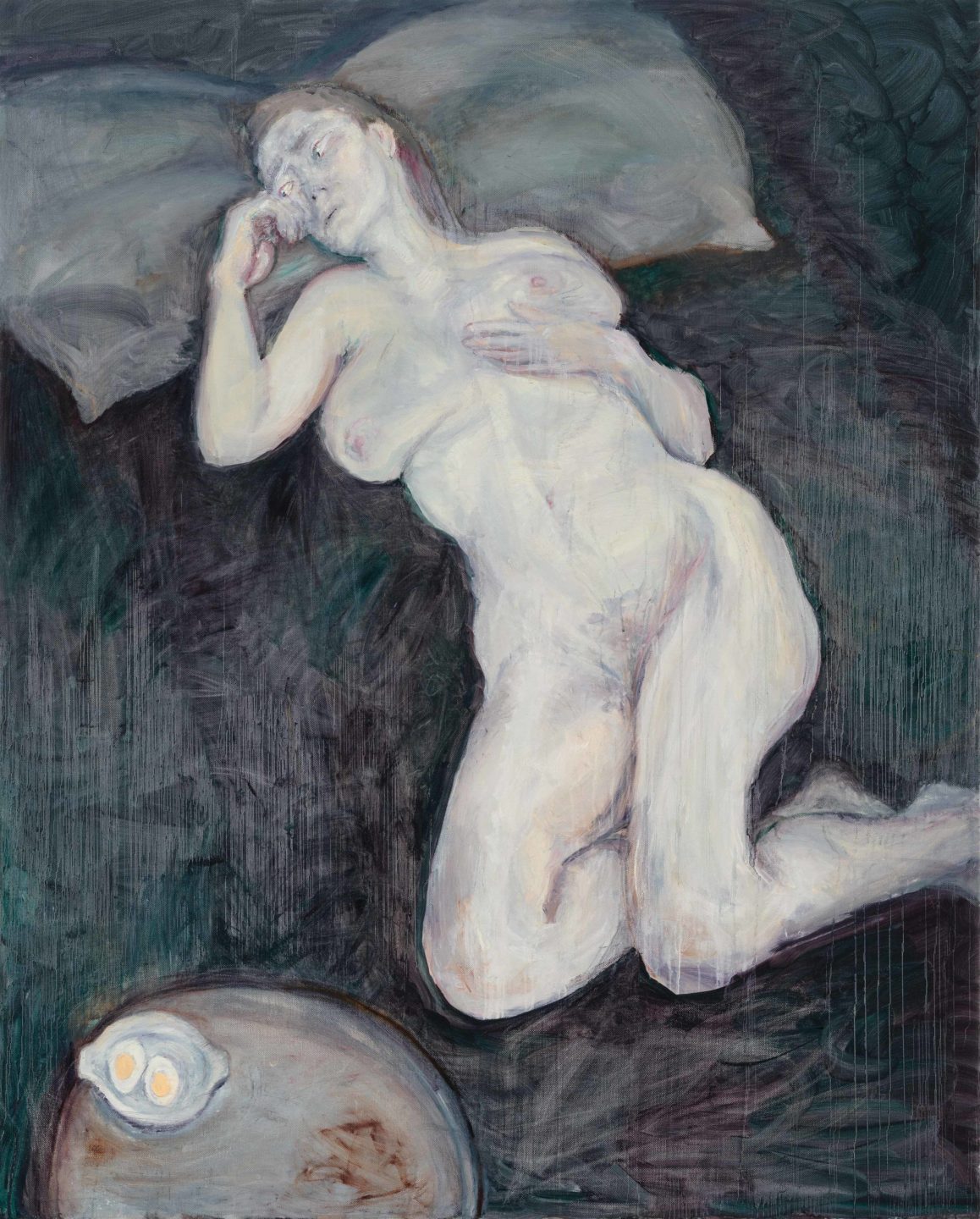
Oil on canvas
182.9 x 147.3 cm
72 x 58 in
Celia Paul, Ghost of a Girl with an Egg, 2022
More info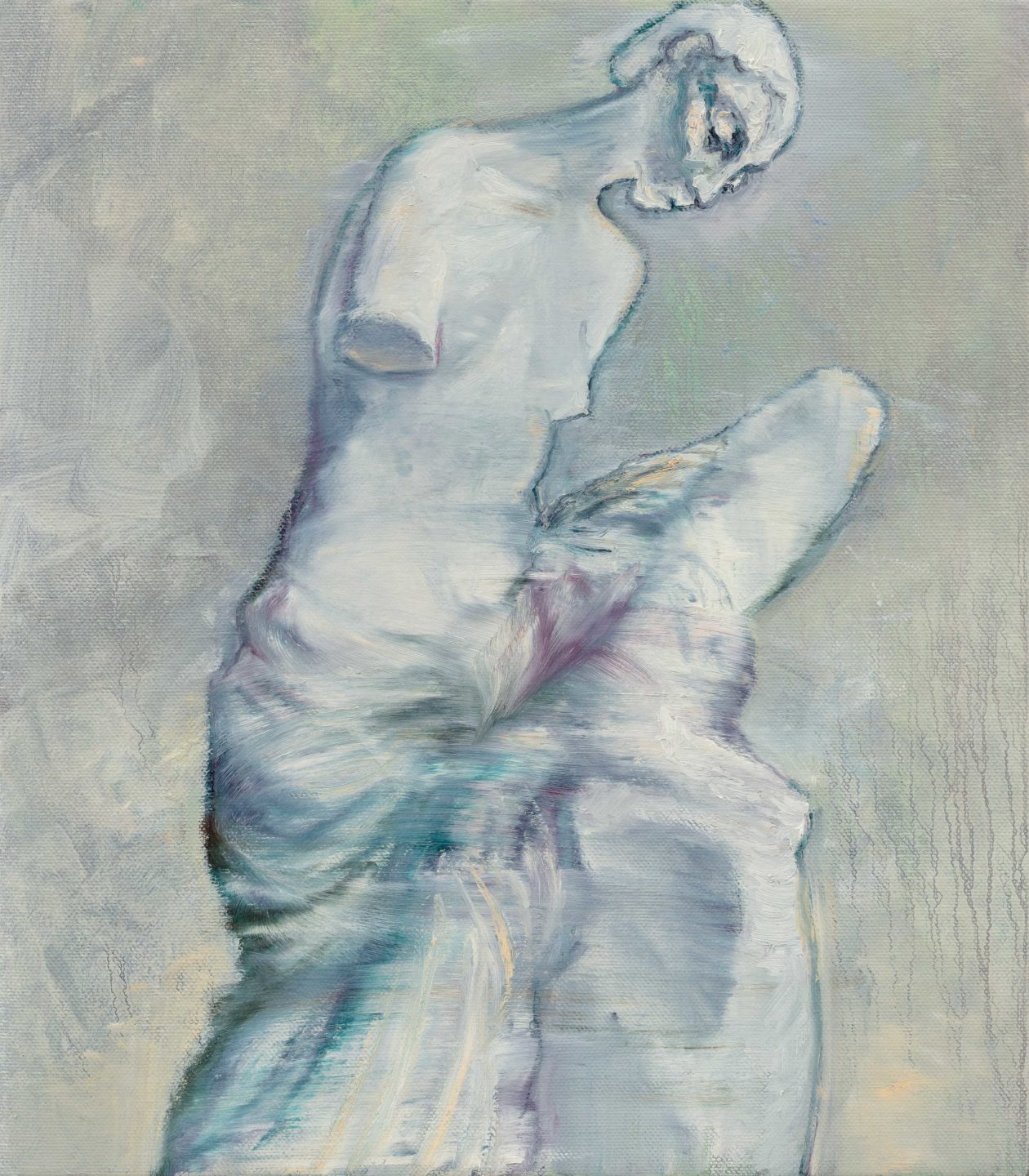
Oil on canvas
63.5 x 55.9 cm
25 x 22 in
Celia Paul, Muse Climbing the Mountain of Fame, 2022
More info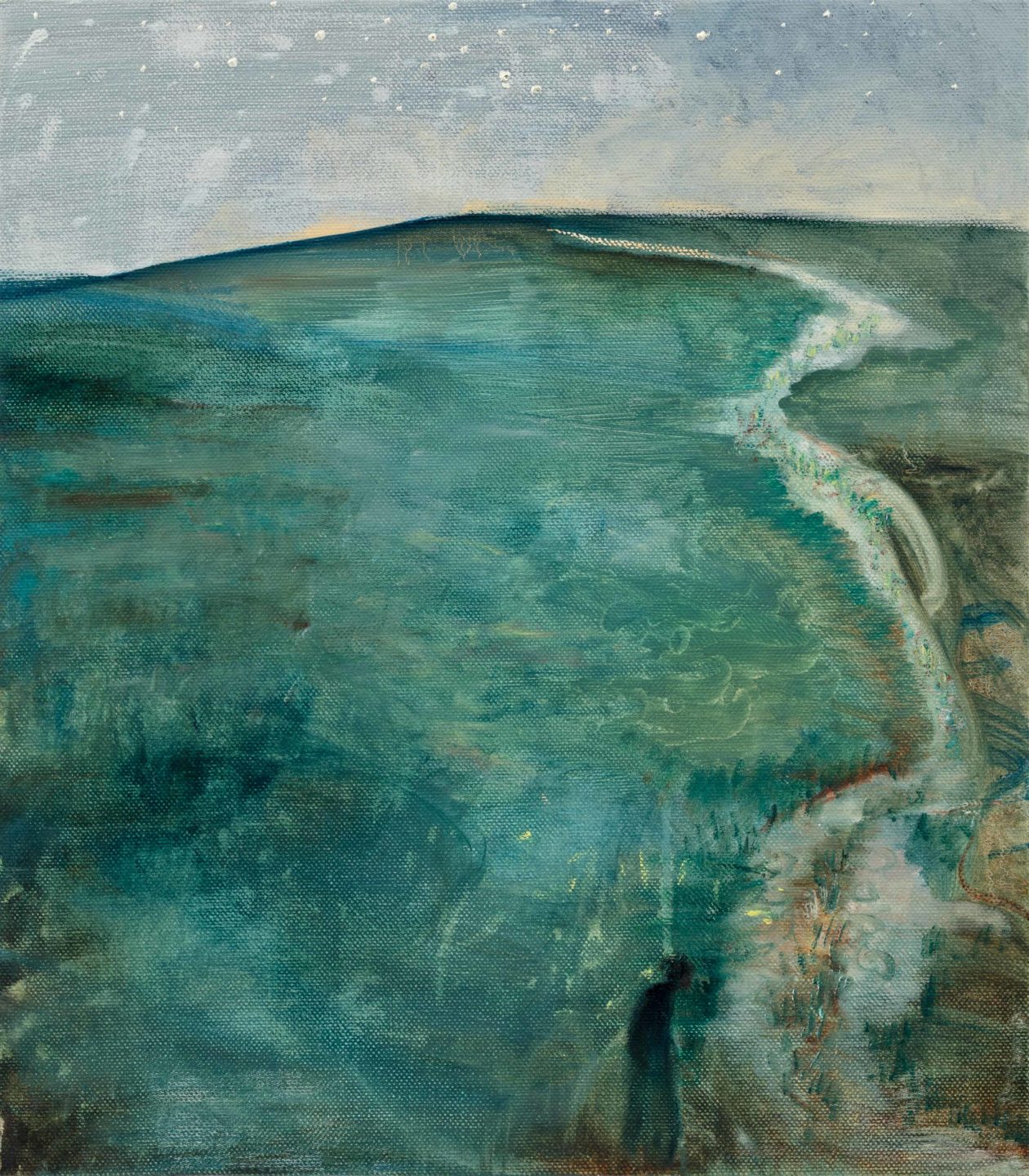
Oil on canvas
63.5 x 55.9 cm
25 x 22 in
Celia Paul, Gwen John’s Lonely Path to the Stars, 2022
More info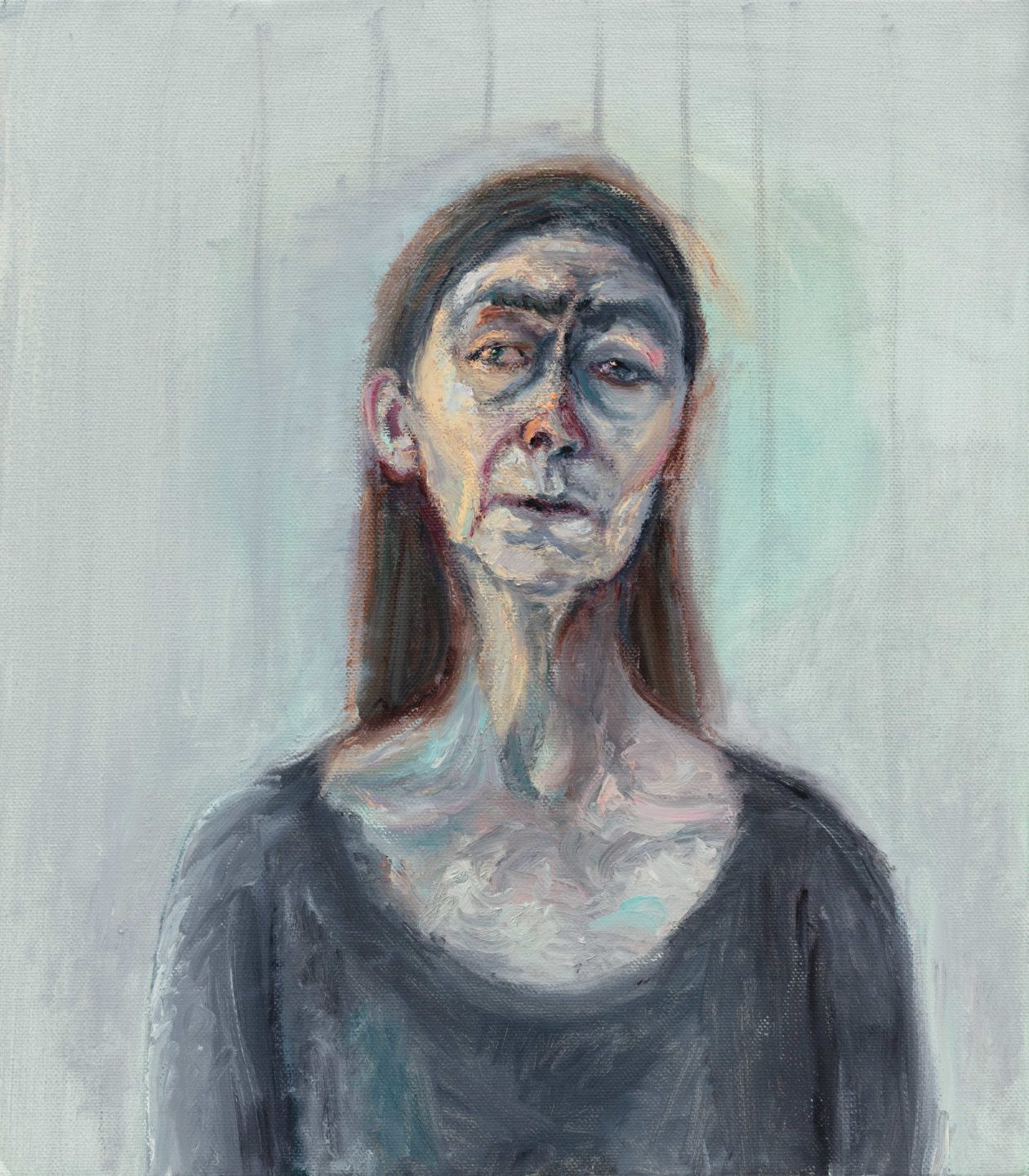
Oil on canvas
63.5 x 55.9 cm
25 x 22 in
Celia Paul, Self-Portrait, June-July 2022, 2022
More infoNew paintings by Celia Paul interweave aspects of her own life with that of the painter Gwen John (1876–1939), further illuminating some of the extraordinary parallels detailed in Paul’s acclaimed 2022 book Letters to Gwen John.
Writing about the works on view, which shuttle between past and present, and lives and love affairs conducted in London and Paris, the artist comments, ‘Ghost of a Girl with an Egg is my re-encounter with Lucian Freud’s 1980 portrait of me, titled Naked Girl with Egg. I was 20 when Lucian painted his first portrait of me, he was 57… The experience of lying naked in front of Lucian was too emotionally painful for me. I refused his requests to lie naked for him again. By comparing my breasts to eggs, he objectified me. Yet did I also, in some way, want to be objectified? This is a question I often ask myself. My own painting is a way of trying to answer that question… Muse Climbing the Mountain of Fame is inspired by Auguste Rodin’s great sculpture Monument to Whistler – Nude Muse without Arms in which Rodin has depicted an allegorical female figure “climbing the mountain of fame”. The sculpture remained unfinished. His model is the remarkable British artist Gwen John who was also Rodin’s lover… Her relationship with Rodin resembles my own with Lucian Freud in that we both adored our older, more famous lovers, but also suffered because of our love.’
Francesca Woodman
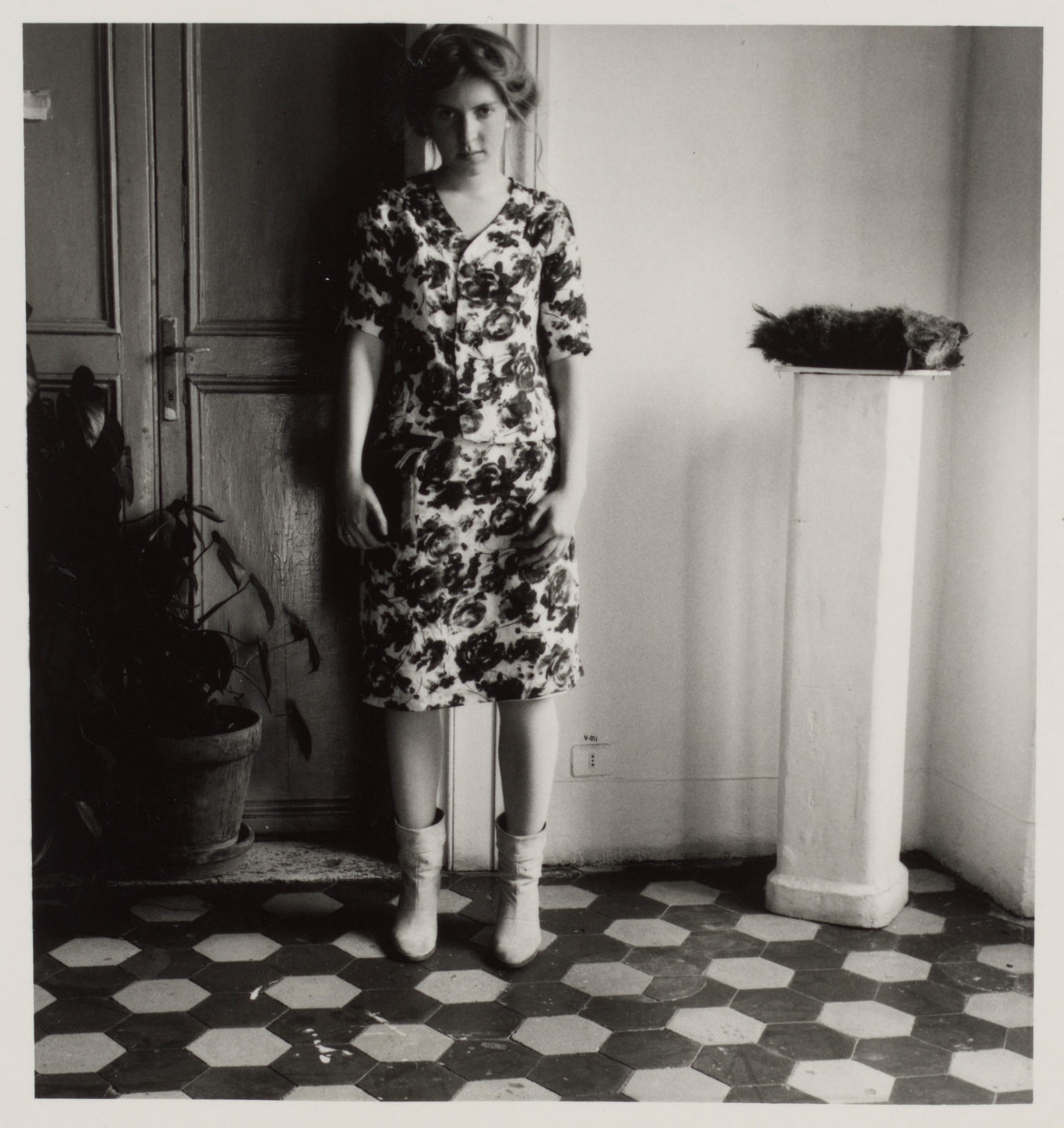
Vintage gelatin silver print
17.5 x 23.8 cm
6 7/8 x 9 3/8 in
Francesca Woodman, Untitled, Italy, 1977–78 (FW 767)
More info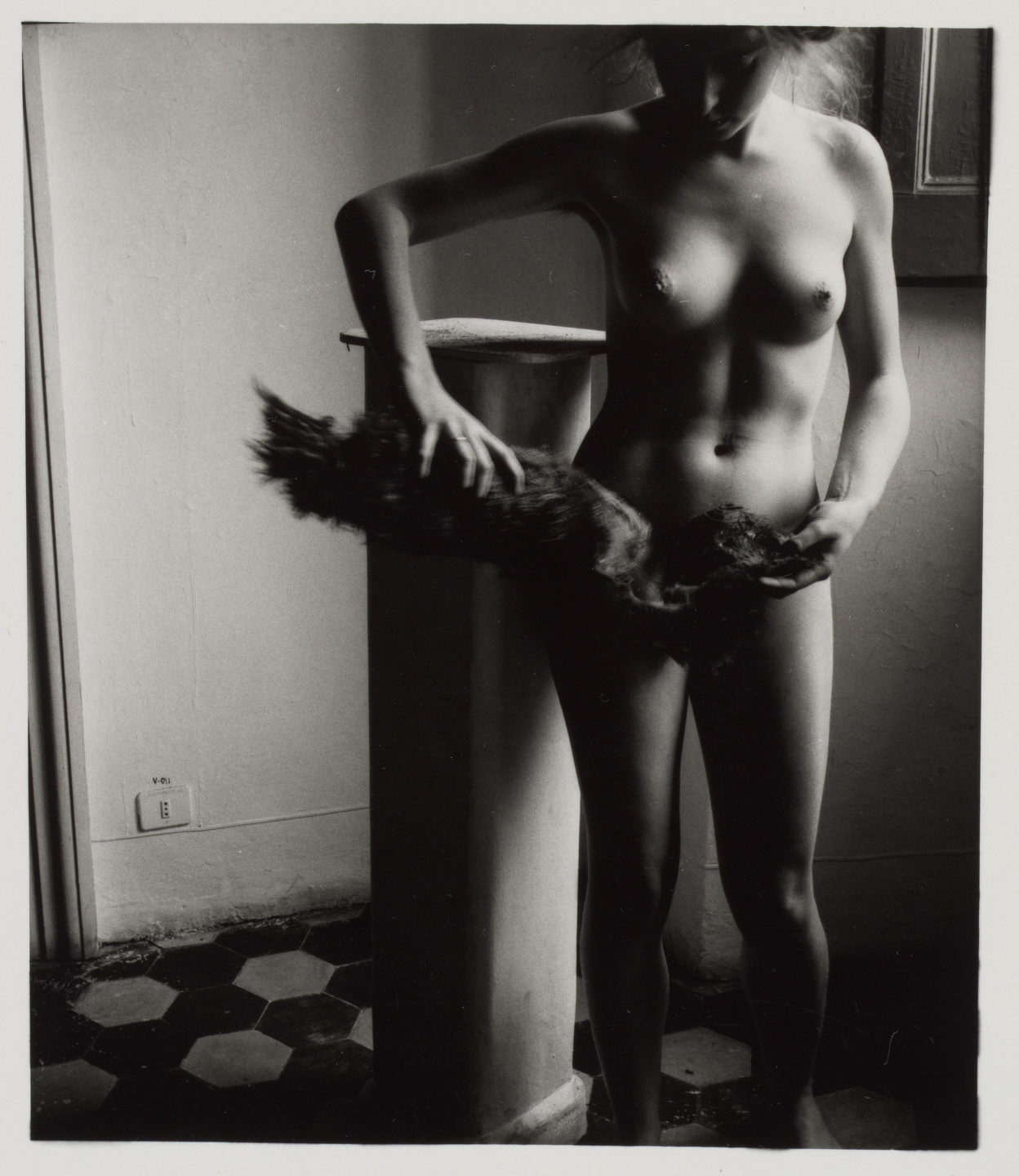
Vintage gelatin silver print
19.7 x 19.7 cm
7 3/4 x 7 3/4 in
Francesca Woodman, Untitled, Italy, 1977-78 (FW 768)
More info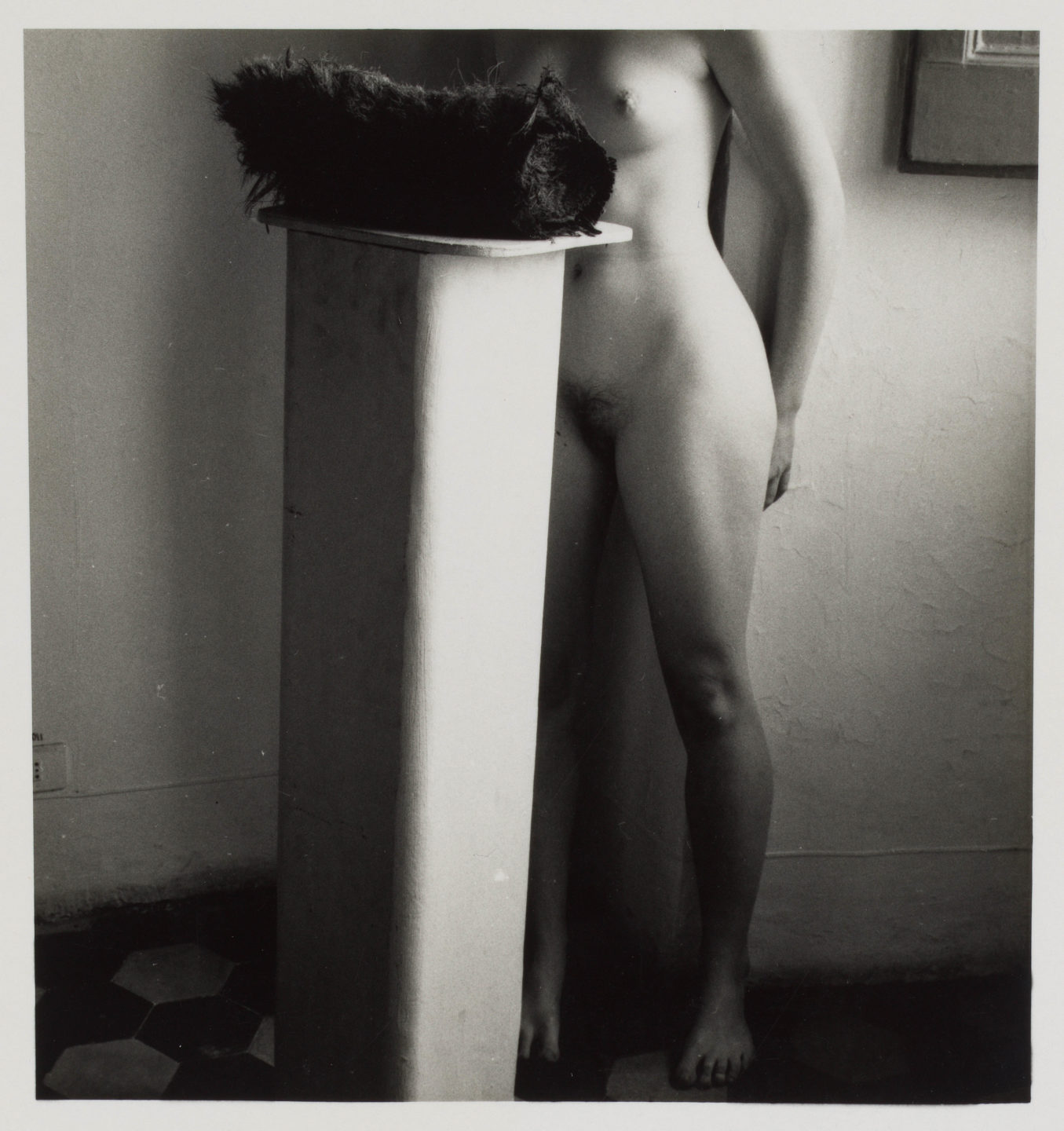
Vintage gelatin silver print
17.9 x 20.5 cm
7 1/8 x 8 1/8 in
Francesca Woodman, Untitled, Italy, 1977–78 (FW 769)
More info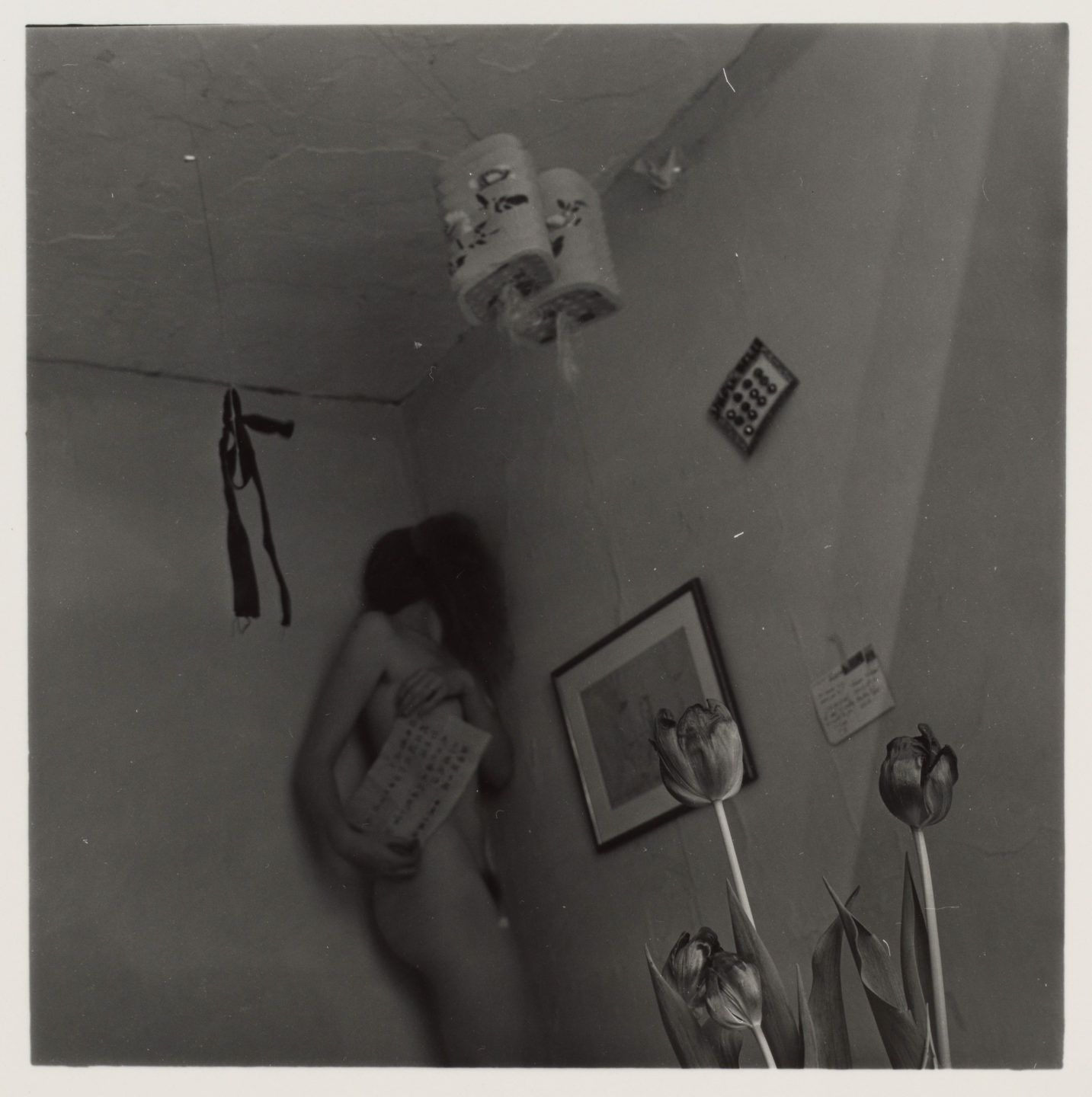
Vintage gelatin silver print
25.4 x 20.3 cm
10 x 8 in
Francesca Woodman, Untitled, New York, 1979–80 (FW 793)
More info
Vintage gelatin silver print
24.1 x 17.8 cm
9 1/2 x 7 in
Francesca Woodman, Untitled, New York, 1979–80 (FW 794)
More infoFrancesca Woodman (1958–1981) produced an extraordinary body of work acclaimed for its singularity of style and range of innovative techniques. Drawing on newly available material provided by the Woodman Family Foundation, this presentation of vintage photographs, many of which have never been exhibited before, foregrounds her process and thinking. Woodman’s practice is often discussed in terms of its surreal and symbolic imagery, or seen through a purely biographical lens, yet her work is grounded in a sophisticated understanding of form, derived from Woodman’s knowledge of art history and her engagement with and enquiry into her medium.
Formal and thematic connections abound in these works, with plinths, pedestals and architectural elements becoming active elements as Woodman contorts and inserts her body into space, at times even ‘performing’ classical sculpture. While the selection reveals how developments occurred between images sequentially – in the frame and in the darkroom, where Woodman pushed the boundaries of her medium – the chronological scope of the presentation reveals how themes and motifs were sustained and developed over time.
